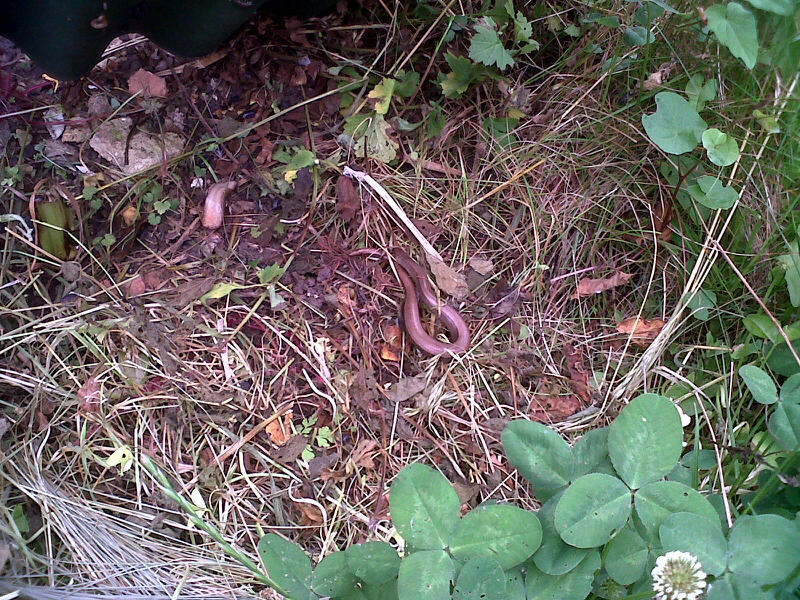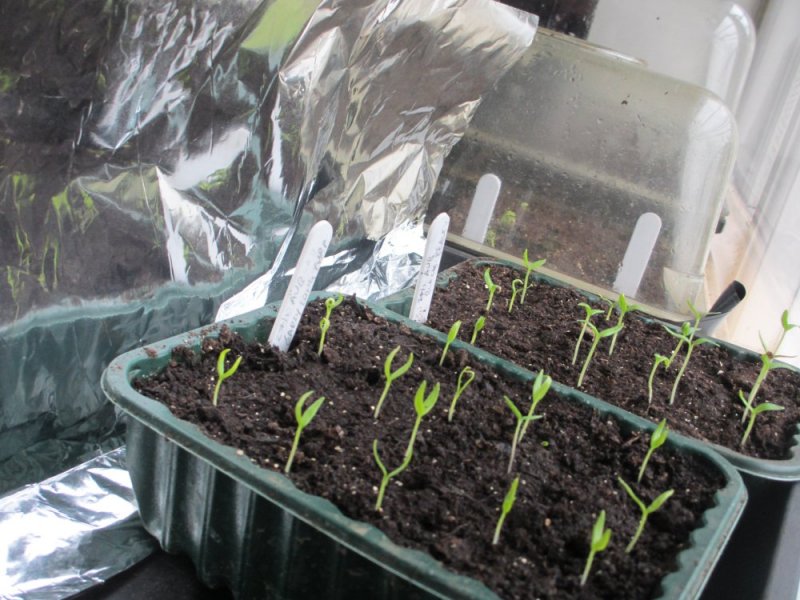On a visit to RHS Wisley this spring, I paid a fortune for six strawberry plants of the variety Buddy, one of the new ‘everbearing’ types which fruit all summer and autumn rather than just a big flush for a month or so. This is the third everbearing variety I’ve tried and the best so far – I’m impressed and looking forward to planting up a lot more Buddies for next year. How lucky then that strawberry plants multiply themselves so easily.
Each vigourous plant sends out several baby plants on stalks, so-called ‘runners’ just like the way that spider plants and the weed creeping-buttercup reproduce. The strawberry runners will usually root themselves into the soil, but it’s better to get them to root into a pot of compost so that you can grow them on then plant them just where you want them (or sell, swap or give them away to friends).
All you need is a short length of garden wire, about 3 inches or 75mm long, bent into a V shape, and a 3 or 4 inch pot filled with good potting compost. Use the bent wire to peg the baby plant firmly to the compost in the post. Water the pots if the weather is very dry. After a month each baby plant will have rooted well into its pot and the runner stalk can be cut. Keep in a sheltered place over the winter and plant out the new strawberry plants in the spring.
Most of my time in my own garden this autumn has been spent working with wood rather than plants. In August, joy of joys, I had a 6 metre / 20 foot long hedge of tall leylandii conifers cut down from part of the eastern boundary of my garden. Patrick of Treeation efficiently cut them down, cut the trunks into logs and chipped up the tops into useful woodchip, but I’ve still had weeks of work trying to turn the ground that was under the trees into a passable border. Worth it though, as it has freed up an area four feet deep and 20 feet long – a significant amount of space.
It took a couple of days to dig out the thinnest tree roots and all the tangle of ivy and bindweed roots that had, to my surprise, colonised what I expected to be a totally barren, dry, dark area under the trees. I then cut the stumps off level with the soil, and will cover them with 8 inches of compost, plant things on top, and just leave the stumps and roots to rot over the years. One good thing about Leylandii and most conifers is that they don’t re-grow if cut down. Rather than digging or grinding out the stumps, a horrendous job, I’m employing a permaculture principle – ‘use simple and slow solutions‘. Nature, in the form of fungi, will take care of digesting the roots and stumps for me in a few years.
The next job was to put up a fence. By great good luck, there were old fenceposts still standing that had been buried in the hedge, and as they had metal ground fixings, they were still solid. That only left me to fix some horizontal rails and vertical feather edge boards – resulting in rather a beautiful fence.

My other autumn woodworking job is putting up an old cedar greenhouse which someone was giving away. I’ve always yearned for a cedar greenhouse – nothing else sets such a warm and nurturing tone in the garden, so I’m putting this up and restoring it. Unfortunately the base has rotted all the way round, probably due to having been stored for a couple of years dismantled in a shady damp place with too little air circulation. So I’ve tracked down a supply of cedar and will be setting to with the table saw and planer thicknesser when the timber arrives in a couple of weeks. One of my other great loves, apart from growing plants and food, is mending things! Once mended, the greenhouse will last indefinitely – being wooden it is easily repairable, unlike aluminium and (heaven forbid) plastic-framed greenhouses.










